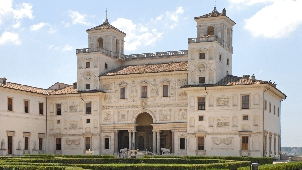1. The Colosseum
Yes The Colosseum is the most well known attraction in Rome, but it’s popular for a reason. You simply must visit it if you haven’t before. Once there, the cries of gladiators and cheers of crowds are practically tangible.
Top Tip: Do yourself a favour and buy your tickets at the Palatine Hill entrance. The walk uphill exploring the Palatine Hill is less steep than from the Roman Forum with much more shade.
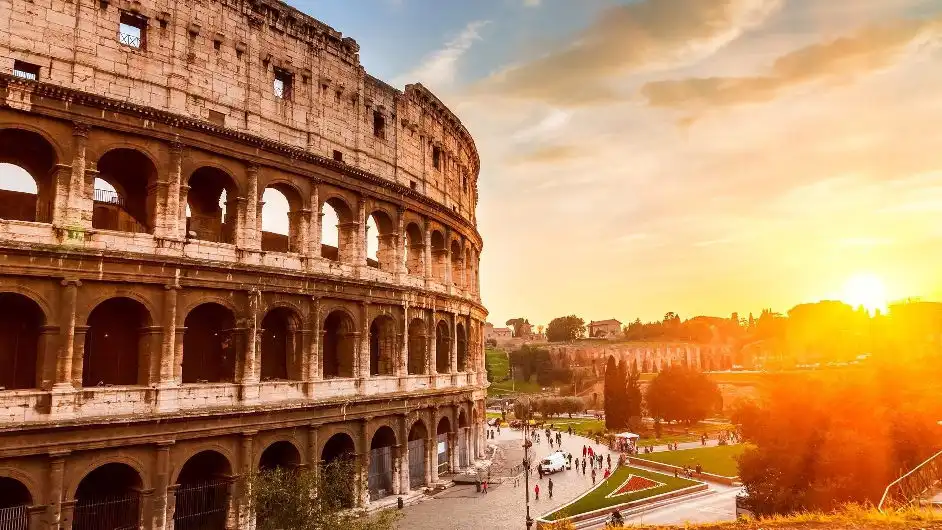
2. The Knights of Malta Keyhole
Known affectionately by Romans as the "hole of Rome" the keyhole gives visitors a concentrated view of Rome. Simply put one eye to the slot in the wooden door and a vision of St Peter‘s Dome in perfect perspective, framed by trees in the foreground, comes into view. To reach it travel to Aventine Hill, walk down Via di Santa Sabinaopens and onto the Piazza dei Cavalieri di Malta.
Top Tip: Make sure you do this attraction on a clear day!
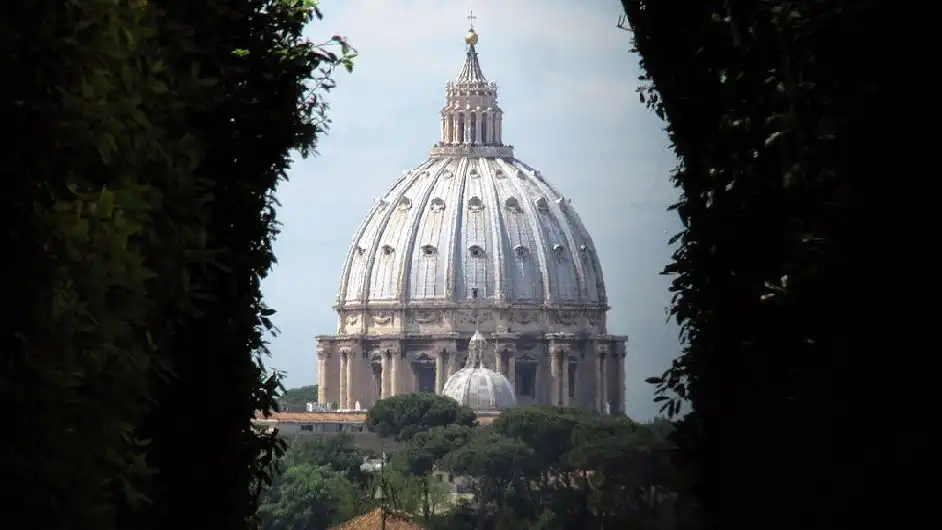
3. The Pantheon
A must see for anyone visiting Rome, especially as entrance is free. The Pantheon was built as a temple to Rome’s pagan gods and is Ancient Rome’s best preserved building. Today it is rarely used for its original purpose, although security tries in vain to keep crowds quiet. If it is reflection you are after, try the pews near the altar.
Top Tip: Don’t bother paying for a guided tour, simply download a free audio guide onto your phone or iPod.
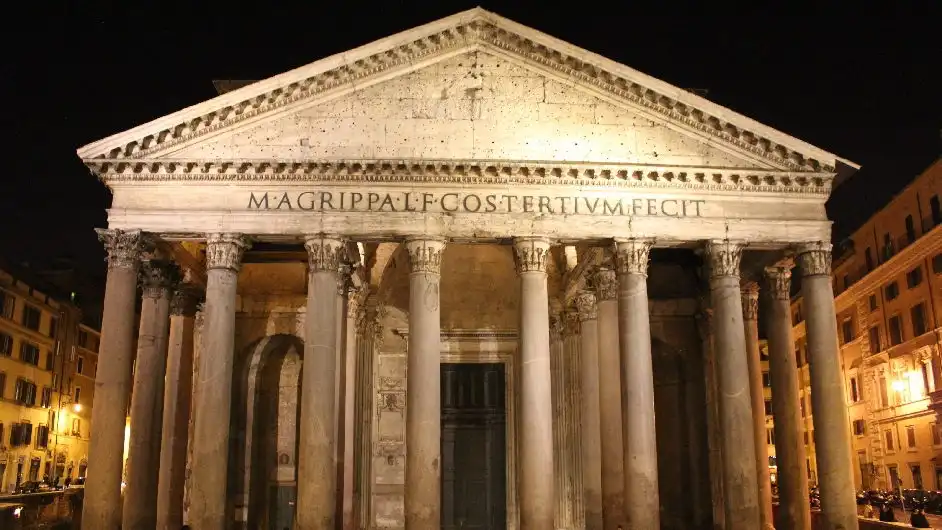
4. The Baths of Caracalla
Immerse yourself in the historical site of a favourite Roman pastime at the Baths of Caracalla. Built in the southern section of the city in 216 CE, these baths are some of the biggest and most well preserved of their kind, many mosaics are still intact. Open everyday from 9:00- 18:30 except Monday when it closes at 14:00, the baths could hold up to 1600 bathers. Audio guides are available as well as a bookshop and visitors in summer should know that the baths house some of Rome’s best opera and ballet.
Top Tip: EU passport holders bring this with you as it allows you to pay 3 Euro rather than 6. Anyone aged 17 or under goes free.
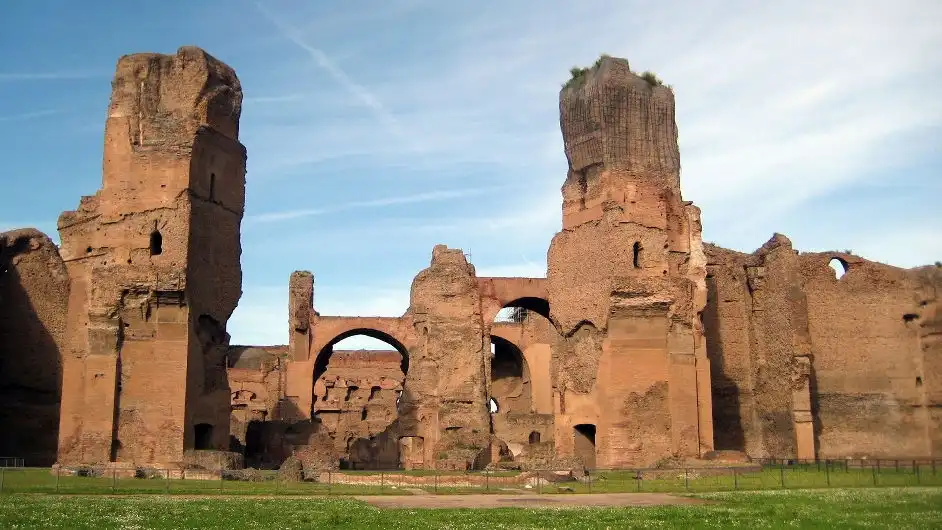
5. Gladiator School
When in rome do as the Romans do, or rather did. Become a Gladiator for the day at the Roman Gladiator School only 2.5 kilometers from the Colosseum. Lessons are conducted by members of the Historic Group of Rome and last 2 hours. You’ll be given proper clothing and weapons, drinks and entrance to the Gladiator School of Rome Museum.
Top Tip: Food is not provided unless specified so bring lunch with you if you’re planning to go at this time of day.
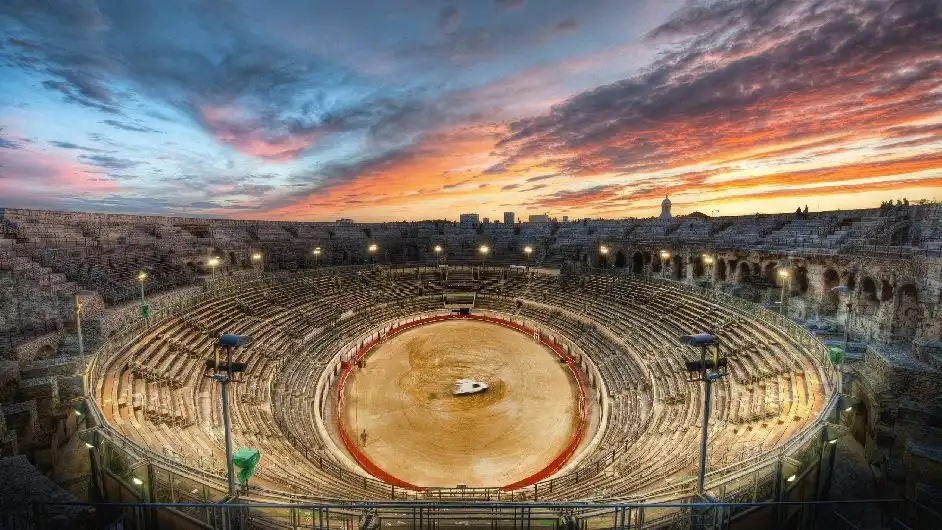
6. Saint Peters Basilica
Saint Peter‘s is one of the most important sites in Christianity and described as breathtaking by anyone who has visited it. Entrance to most parts are is free but to climb the dome or see the treasury there is an admission charge
Top Tip: To skip the queues, book a guided tour which will also allow you to better understand what you are seeing.
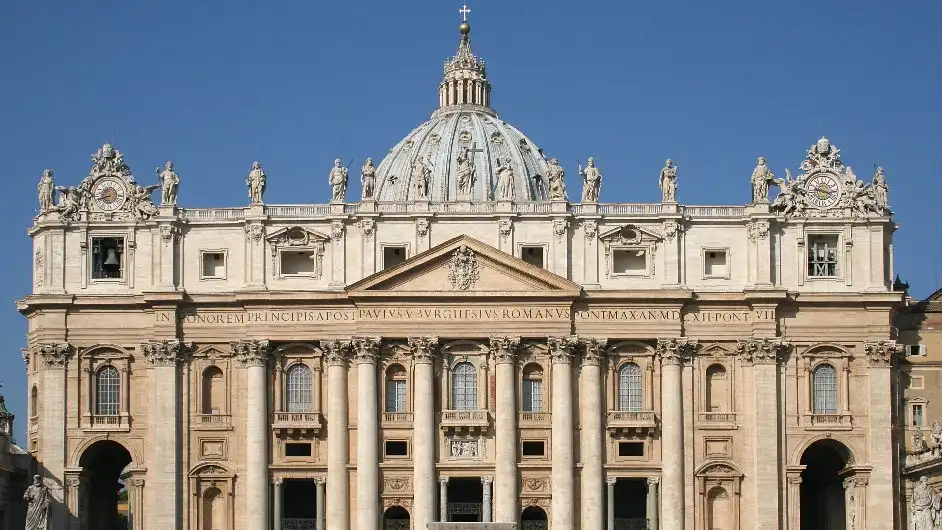
7. The Spanish Steps
The Spanish Steps are one of Rome’s most popular tourist attractions. A grand staircase with 138 steps leading down to the Piazza di Spagna, the Spanish Steps were designed in the 1720s by Francesco de Sanctis, an Italian architect, and completed in 1726.
Top Tip: Do not bring a lunch to eat on the steps as food has been banned by the local authorities in an attempt to keep the area clean.
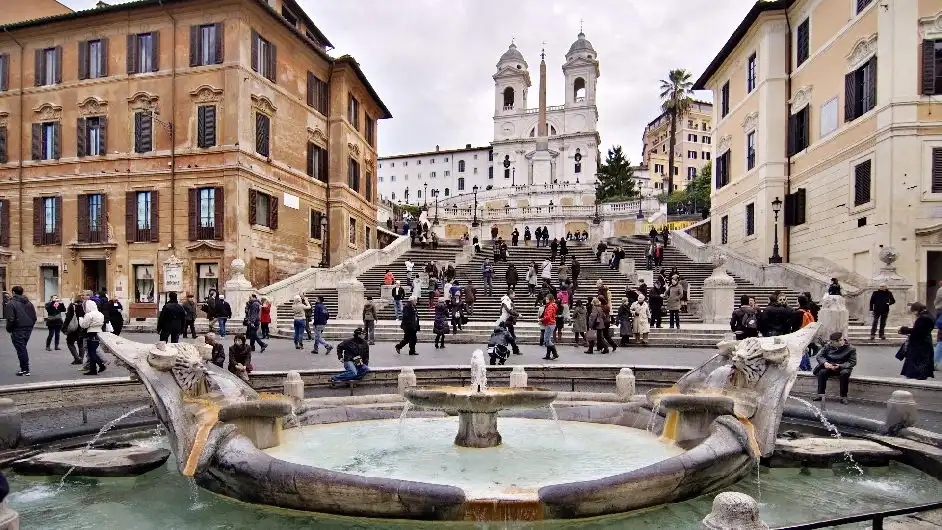
8. The Roman Forum
The home of countless notable buildings such as The Temple of Saturn the Roman Forum was the center of the Empire for over a thousand years and its ever changing state reflected the continuous shifting in the religious, military and political nature of the Roman world.
Top Tip: Before you travel to the Forum have a look at this fantastic website that gives you a 3D virtual tour so that when you visit the actual site you have some bearings already: http://dlib.etc.ucla.edu/projects/Forum/timemap
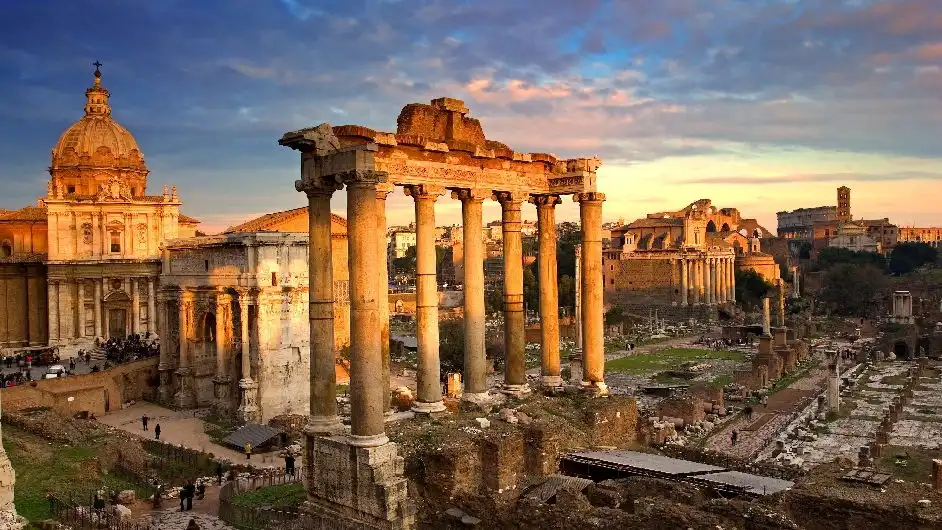
9. The Vatican Museums
Housing some of the most historically and culturally important artifacts and artwork, the Vatican Museums should definitely be on your list of things to see in Rome. They house pieces from countless historical periods.
Top Tip: It’s impossible to see everything in one trip but if you only have a day the highlights are; Da Vinci’s Saint Jerome, the sarcophagus of Junius Bassus, the Trinity Sarcophagus and of course the Sistine Chapel.
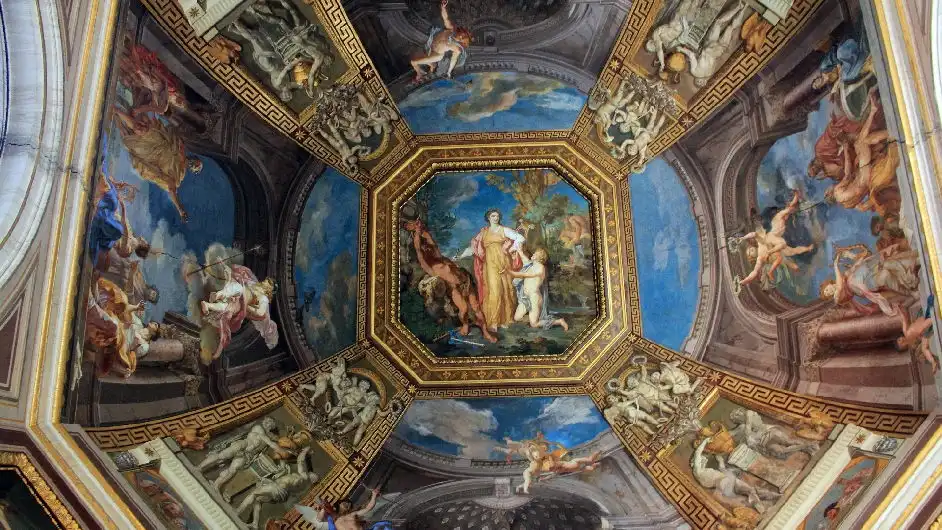

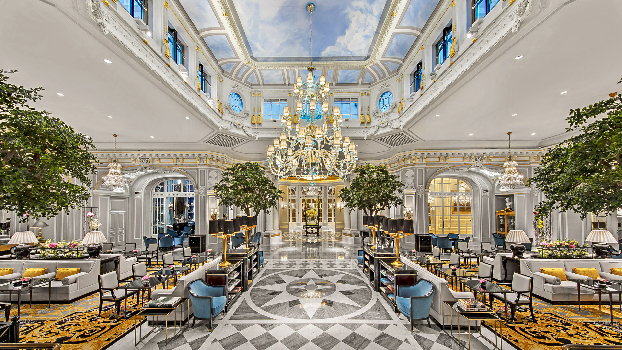




 5
5
 2
2
 2
2
